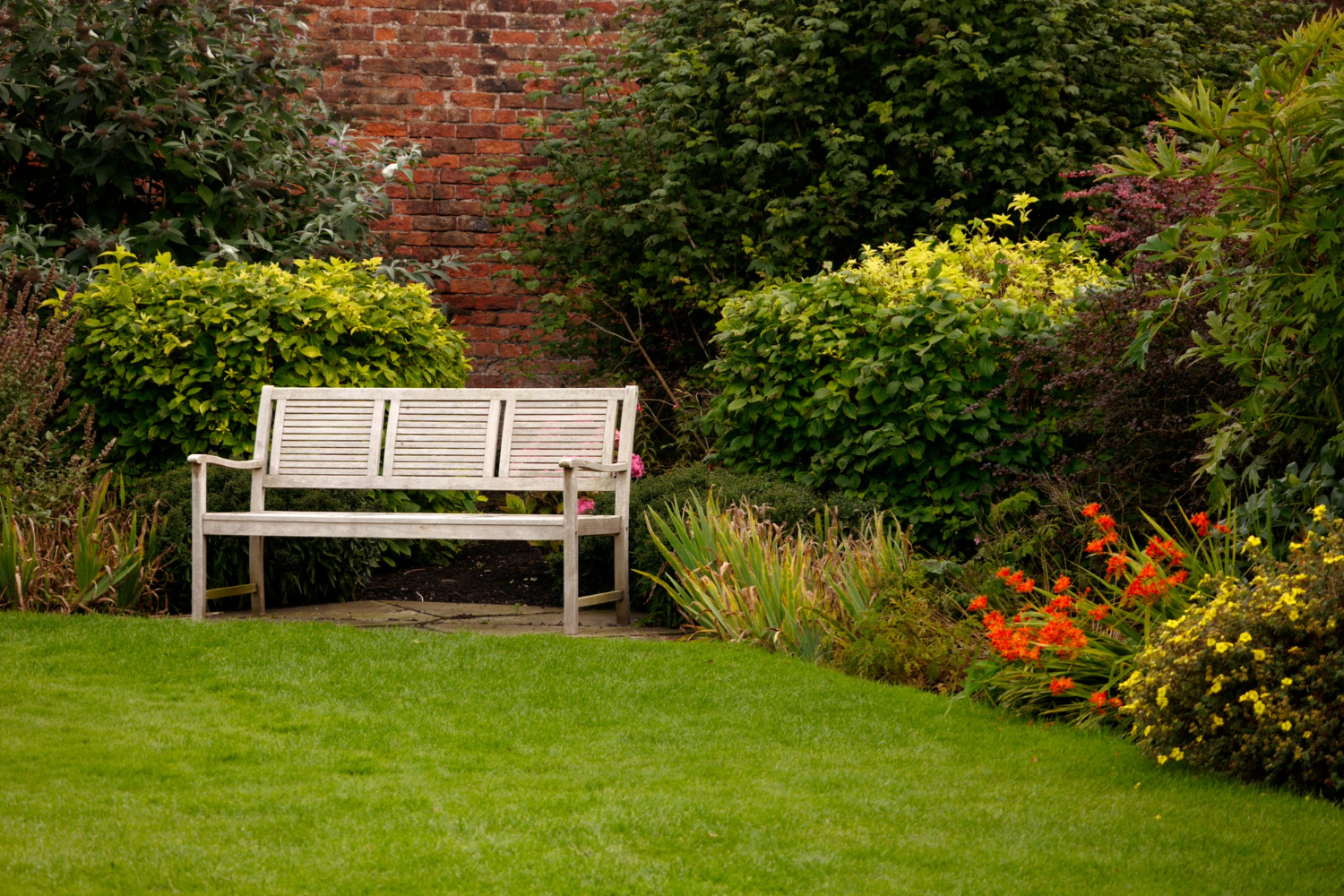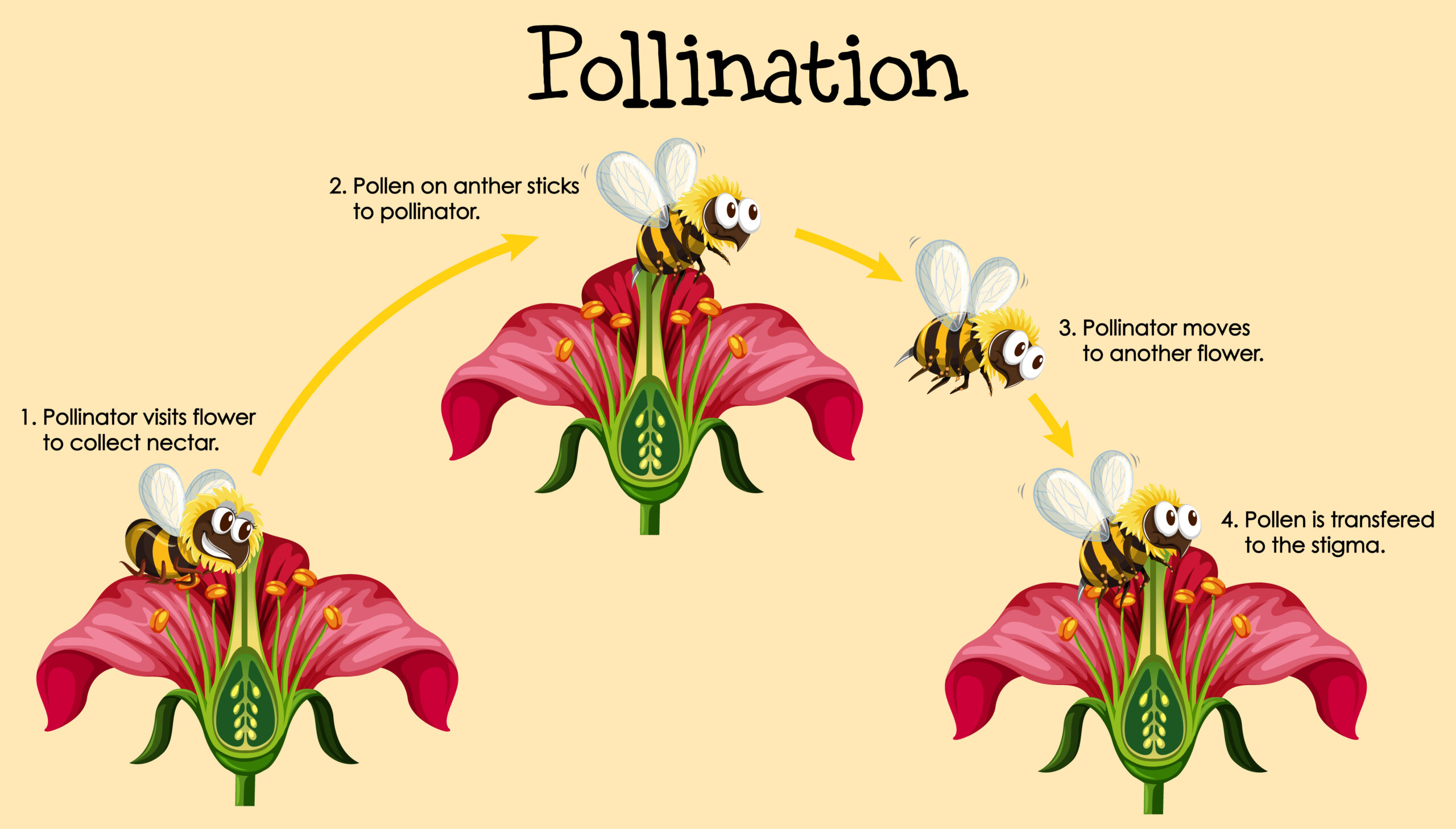Do you dream of having a lush, bountiful garden filled with vibrant vegetables, fruits, and flowers? Unfortunately, pests can quickly turn that dream into a nightmare. From aphids and caterpillars to slugs and snails, garden pests can wreak havoc on your plants and make it difficult to maintain a thriving garden.
But fear not, with the right knowledge and strategies, you can effectively control pests in your home garden.
In this comprehensive guide, you will learn how to identify common garden pests, as well as natural and chemical pest control methods to keep them at bay. You will also discover integrated pest management strategies and preventative measures to ensure that your garden remains healthy and pest-free.
So, roll up your sleeves, put on your gardening gloves, and let’s dive into the world of pest control in home gardens.
Identifying Common Garden Pests
Now that you’re starting to get your hands dirty in the garden, it’s important to be able to identify those pesky critters that can wreak havoc on your plants.
Some common garden pests include aphids, caterpillars, spider mites, and whiteflies. Aphids are tiny insects that suck the sap from plants, causing leaves to yellow and curl. Caterpillars are the larvae of moths and butterflies and can chew through leaves, stems, and fruits. Spider mites are barely visible to the naked eye and can cause yellowing and stippling of leaves. Whiteflies are small insects that suck sap from plants and excrete a sticky substance that can attract mold and cause leaves to yellow and fall off.
Once you’ve identified the pests in your garden, it’s important to assess the damage they’ve caused. This will help you determine the severity of the infestation and the appropriate course of action.
Look for signs of wilting, yellowing, or curling leaves, as well as any holes or bite marks. Don’t forget to also check the undersides of leaves, where many pests like to hide.
If the damage is minimal, you may be able to use organic remedies such as neem oil or insecticidal soap to control the infestation. However, if the damage is severe, you may need to consider more aggressive measures such as using chemical pesticides or removing the affected plants altogether.
Natural Pest Control Methods
You can keep those pesky critters at bay with some simple DIY pest control tricks. Companion planting techniques, like planting marigolds and mint, can act as the natural equivalent of a guard dog.
Marigolds emit a strong smell that repels many common garden pests, while mint releases a scent that keeps ants and aphids away. You can also use other companion planting techniques, such as planting garlic next to your roses to repel aphids and planting basil near your tomatoes to deter tomato hornworms.
Another natural pest control method is to attract beneficial insects to your garden. Ladybugs, lacewings, and parasitic wasps are natural predators of many common garden pests.
You can attract these helpful insects by planting flowers, such as cosmos and zinnias, that produce nectar and pollen. You can also provide a habitat for beneficial insects by leaving an area of your garden undisturbed and by providing a source of water, like a bird bath or shallow dish.
By using natural pest control methods, you can keep your garden healthy and free of harmful chemicals.
Chemical Pest Control Options
Chemical pest control options can be effective, but it’s important to weigh the potential harm to the environment and other living creatures against the benefits of eliminating pests.
Toxicity concerns are a major factor to consider when choosing chemical pesticides. Many chemicals used in pest control can be harmful to humans and pets, as well as beneficial insects such as bees and butterflies. It’s important to read labels carefully and follow instructions to minimize the risk of exposure to these toxins.
Another factor to consider is the cost effectiveness of chemical pest control options in home gardens. While some chemical pesticides may be cheaper than natural alternatives, they may not be as effective in the long run. Pests can quickly develop resistance to certain chemicals, which can lead to the need for repeated treatments and ultimately higher costs.
Additionally, natural pest control methods such as companion planting and crop rotation can help prevent pest infestations and reduce the need for chemical pesticides altogether.
Before choosing a chemical pest control option, it’s important to weigh all the factors and consider the potential impact on the environment and your wallet.
Integrated Pest Management Strategies
As you strive for a harmonious balance between nature and your garden, implementing integrated pest management strategies can be like conducting a symphony of natural solutions that work together to keep your plants healthy and happy. The benefits of IPM are numerous, from reducing the use of harmful chemicals to promoting a healthy ecosystem.
To implement IPM in small gardens, start with identifying and monitoring pest populations. Then, use a combination of cultural, mechanical, and biological controls to manage them. Cultural controls involve modifying your garden practices, such as planting disease-resistant varieties or rotating crops to prevent build-up of pests in the soil.
Mechanical controls include physical methods like handpicking or using traps. Biological controls use natural enemies of pests, such as ladybugs or nematodes, to keep pest populations in check. By combining these methods and using them in a timely and targeted manner, you can reduce the need for chemical pesticides and promote a healthy, thriving garden ecosystem.
Preventative Measures for Future Pest Problems
Now let’s focus on some easy and effective preventive measures you can take to keep pesky pests from invading your garden and causing chaos.
One of the best ways to prevent pest problems in your garden is through the practice of companion planting. This involves planting certain plants together that have a mutually beneficial relationship, such as repelling pests or attracting beneficial insects. For example, planting marigolds with tomatoes can help repel nematodes, and planting herbs like basil and rosemary can attract pollinators and other beneficial insects that will help keep pest populations in check.
Another effective prevention method is crop rotation. This involves changing the location of your crops each year to help prevent the buildup of pests and diseases in the soil. Pests and diseases often lay dormant in the soil during the winter months, and if the same crops are planted in the same location year after year, the pest and disease populations can become overwhelming.
By rotating your crops, you can disrupt this cycle and help keep pest populations under control. Additionally, planting cover crops during the off-season can help improve soil health and prevent pest buildup.
By implementing these preventative measures, you can help ensure a healthy and pest-free garden for years to come.
Conclusion
Congratulations! You’ve successfully armed yourself with a comprehensive guide to pest control in home gardens.
By now, you should be familiar with the common garden pests that can wreak havoc on your plants, as well as the natural and chemical pest control methods you can use to combat them.
Remember, when choosing a pest control method, it’s important to consider its effectiveness, safety, and environmental impact. Integrated pest management (IPM) is a great approach to pest control that emphasizes prevention and utilizes a combination of natural and chemical methods.
By applying IPM strategies, you can successfully manage pest problems in your garden while minimizing the harm to beneficial insects and the environment.
And don’t forget, the best way to combat future pest problems is by taking preventative measures such as practicing good garden hygiene, rotating crops, and selecting disease-resistant plants.
With these tools at your disposal, you can enjoy a thriving garden while keeping pests at bay. Happy gardening!









